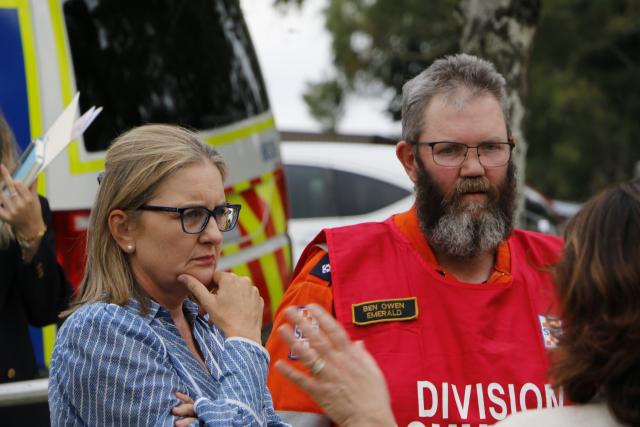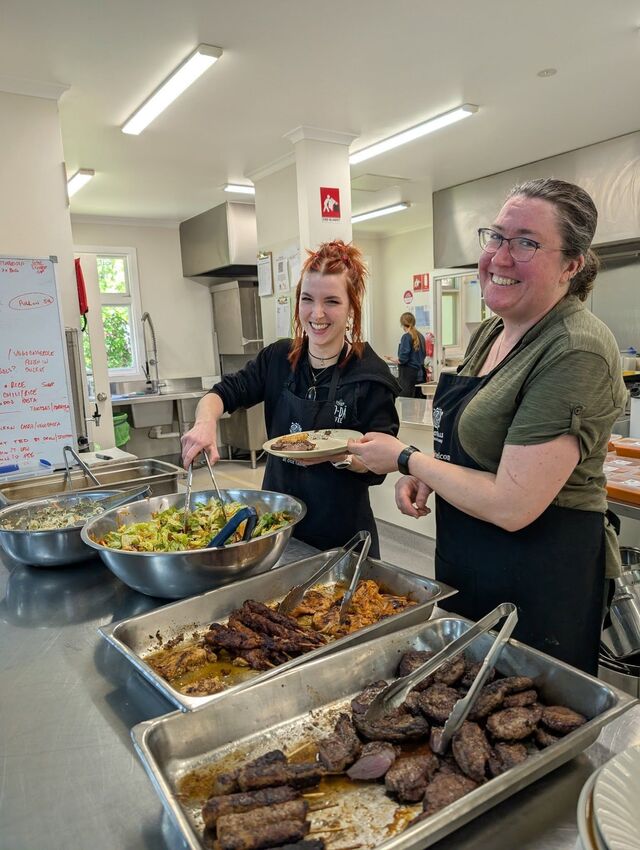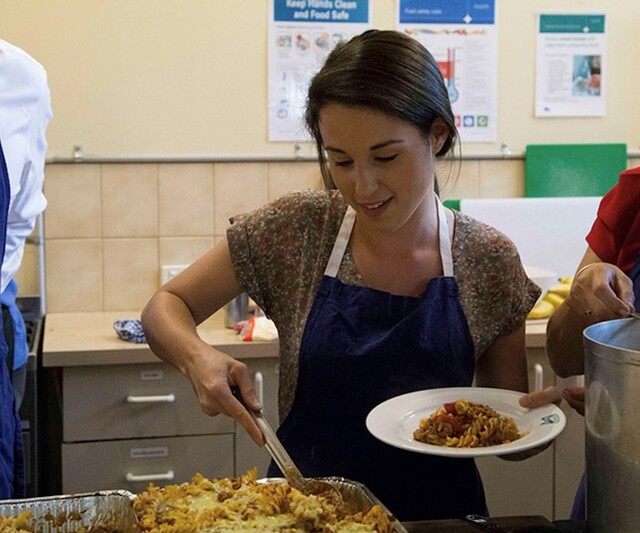The 2024-2025 Victorian State Budget has allocated more than $16 million towards future emergency management response.
With $9.5 million of those funds going towards ensuring Victorians and emergency service organisations have the most up-to-date emergency information, advice and warnings, residents of the Hills who have long suffered from poor access to emergency information may have cause for optimism.
However, for Rescue Logs founder, and former Hills resident Julia Hill, this optimism must come with caution.
“I don’t know how much it costs to put up proper towers, so I don’t know how far $9.5 million is going to go,” she said.
“All I can say is that as a Hills community, we should not have to be worried about being able to get through when we have an emergency.
“As a consequence of living in the hills and having such bad communications, I am really conscious on hot windy days to have the radio going with the emergency services radio station playing, and making sure I’ve got the weather reports coming up on my internet.
“So for most of us that are young and fit, we just change the way we manage the information we get.
“But the flip side, for the elderly in the area, is that they’re not so connected, because they don’t tend to be on things like Facebook. And so unfortunately, they miss out on a lot of information.
“What we noticed after the storms was that we had to really make an effort to connect with our neighbours and to check in to make sure they were okay. Because, as I say, sometimes the elderly were missing out on information, and sometimes they were even freezing in their homes, and people weren’t aware of it.”
The frightening impacts of this poor communication in the case of emergencies is something Hills residents have become all too familiar with, and something which carried particular weight in the aftermath of the 2021 storms.
“There were four days where we had barely any communication at all,” Ms Hill added.
“Mobile reception was out and there was no NBN, and it took three months for it to be hooked up again.
“I was unable to ring the SES myself without walking to the top of my road, and my husband had had a heart attack earlier in the year.
“Even if I did get through, they wouldn’t have been able to get to us and we couldn’t get out.
“So, it was quite daunting not having any reception at all.
“And there was an example recently of a lady who had to call triple zero, and she had to physically walk to the top of her street to get a line, which dropped out three times. Meanwhile, she’d left her husband, who was unwell, in the house on his own.
“Hills people shouldn’t have to deal with this. Just because we’ve chosen to live in a rural area, we shouldn’t not be able to have access.”
Long time Emerald SES volunteer Ben Owen is also all too familiar with the communication difficulties that have long plagued the Hills community.
“If there is to be an enhancement of emergency warnings going out, that would be an advantage,” he said.
“We have storms that come through quite rapidly, so we need new ways of sharing those warnings in a timely manner.
“But I would obviously like to see more sustainable telecommunication systems in the hills when power goes out. That would probably be a better, or equally important, way to spend the funds.”
However, as a member of the SES, Mr Owen is also intrigued to see what the $6.9 million budget allocation to the State Emergency Service will mean for his branch, which has long been underfunded.
“My early indications from the budget were that SES were going to take a cut. So, if the budget allocation means an additional $6.9 million on top of what we normally receive, then that’s fantastic. But if it’s $6.9 million for one thing, and other areas are going to miss out, then that’s a real concern.
And these uncertainties are shared by VICSES, who said “we’re still awaiting the full details from Tuesday’s announcement and the overall impact on our budget.
“We’ll continue to work collaboratively with the State Government to advocate for our needs to support our SES volunteers and their fantastic service to the community.”
Meanwhile Mr Owen maintains that when it comes to SES funding, the government has a long way to go.
“Our unit gets about a third of what we need to run per year from the government and the rest we’ve got to make up.
“I’m here today, ready to open up our CDS program where we collect containers. But we get 10 cents per container to put vehicles on the road, put fuel in the trucks, buy equipment, and put electricity on site.
“Our volunteers who are here today could be out there training or providing community education instead of having to fundraise.”
Even the state budget’s promise of 15 new urban pumpers for the CFA is unlikely to take effect for another couple of years, according to a CFA spokesperson, meaning local branches like the Monbulk CFA will have to wait to receive these pumpers; that is, if they are deemed high enough in “regional and statewide priorities.”
So while the $16 million allocation may seem like a hopeful step in the right direction for residents of the Hills, uncertainties surrounding exactly how this money will be spent means Hills residents may have to endure another storm or two before real improvement is made.
“If they had said nine and a half million was being allocated to putting towers in to enable rural Victorians and, in particular, the Dandenong ranges, to have good, reliable reception, then I would say that is wonderful news, because we really need it,” Ms Hill added.
“Because I’m sure that’s not going to be the last storm.”







